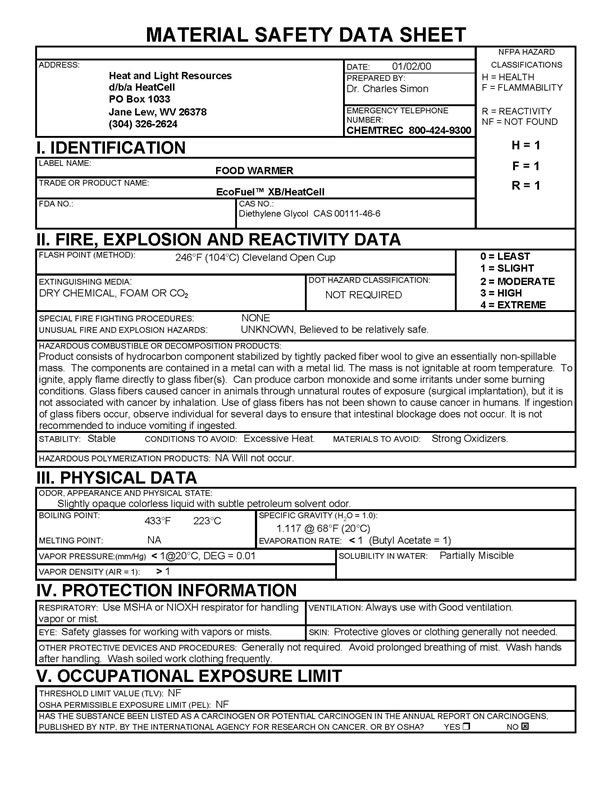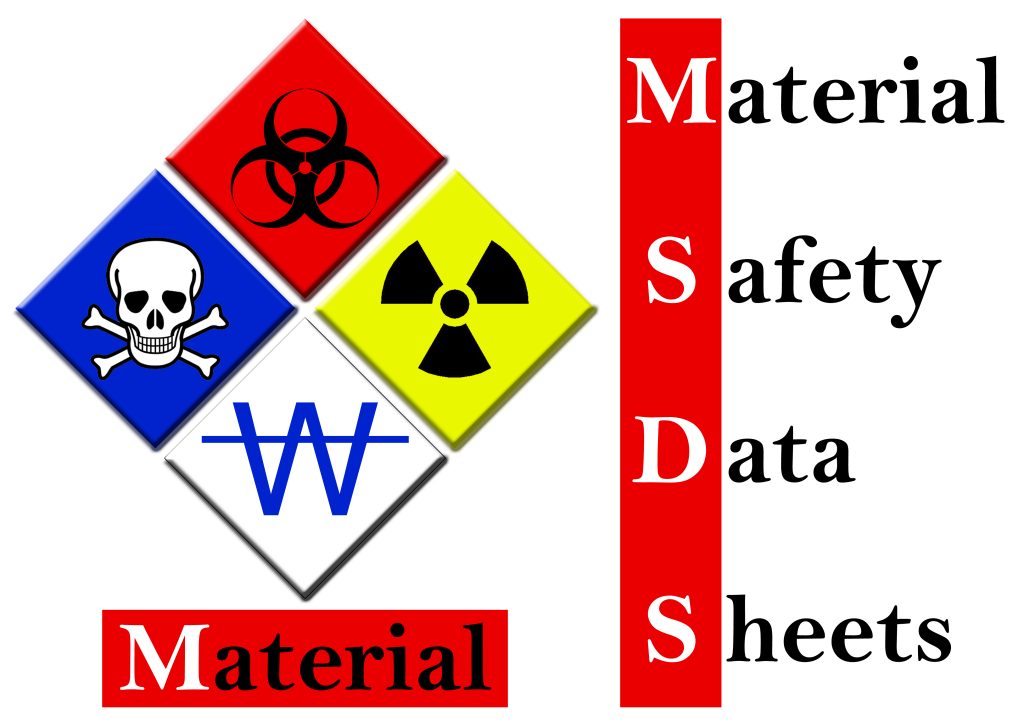Material Safety Data Sheet
The Material Safety Data Sheet (MSDS) is a crucial supporting document for shipments in the context of import and export. Let’s delve into its significance:
Purpose
- It provides detailed information about the contents of your shipment.
- It includes a technical breakdown of the components or substances in your item.
- Its primary purpose is to prove that your shipment does not fall under the dangerous goods (DG) category.
Contents
- The MSDS outlines the properties and composition of the shipped item.
- It helps verify that the contents are not classified as hazardous goods.
- By having an MSDS, you can demonstrate that your shipment adheres to proper packaging and transportation guidelines.
Common Commodities Requiring MSDS:
- Liquids: When shipping any form of liquid (e.g., paint or non-alcoholic hand sanitizers), having an MSDS is crucial. It allows us to assess the chemical components and safety of the liquid.
- Electronics: Most electronics contain batteries. Whether the battery has been removed or not, always have an MSDS ready. Batteries are restricted commodities, and their eligibility for transportation depends on proper documentation.

How to have an MSDS?
To obtain a Material Safety Data Sheet for your shipment, follow these steps:
Contact the Manufacturer or Supplier
- Reach out to the manufacturer or supplier of the product you are shipping.
- Request the SDS directly from them. They should be able to provide you with the necessary documentation.
Online Resources
- Search online for the product name along with “MSDS” or “SDS” (Safety Data Sheet).
- Many manufacturers and distributors make MSDS available on their websites.
- Look for official websites or reputable sources to ensure accuracy.
Industry-Specific Databases
- Some industries have centralized databases where you can find MSDS for various products.
- Check if your industry has such resources available.
Consult with Experts
If you’re unsure or need assistance, consult with experts in shipping regulations or hazardous materials. They can guide you on obtaining the correct MSDS for your specific shipment.
Remember that different countries may have varying requirements, so it’s essential to stay informed and consult specialists if you’re uncertain about MSDS requirements for your specific shipment.
Key components
Identification
This section includes the product’s name, as well as the manufacturer’s or distributor’s name, address, and contact information.
Hazard Identification
Here, you’ll find a description of the physical, health, and environmental hazards associated with the substance. It outlines risks related to fire, toxicity, reactivity, and more.
Composition/Information on Ingredients
This section lists the chemical components of the substance and their relative concentrations. It helps users understand what the substance contains.
First Aid Measures
Details on first aid procedures for exposure to the substance are provided. This includes information on skin contact, inhalation, and ingestion.
Fire-Fighting Measures
Describes appropriate firefighting techniques and equipment to handle fires involving the substance.
Accidental Release Measures
Outlines steps to take in case of a spill or leak, including containment, cleanup, and protective measures.
Handling and Storage
Provides guidelines for safe handling, storage conditions, and precautions to prevent accidents.
Exposure Controls/Personal Protection
Details recommended personal protective equipment (PPE) and exposure limits for workers.
Physical and Chemical Properties
Includes information on the substance’s physical state, odor, color, solubility, and melting/boiling points.
Stability and Reactivity
Describes the substance’s stability, potential reactivity, and conditions to avoid (e.g., incompatible materials, temperature extremes).
Toxicological Information
Provides data on toxicity, including acute and chronic effects, routes of exposure, and symptoms.
Ecological Information
Addresses the substance’s impact on the environment, such as aquatic toxicity or soil contamination.
Disposal Considerations
Offers guidance on safe disposal methods for the substance.
Transport Information
Covers shipping and transportation requirements for hazardous chemicals.
Regulatory Information
Indicates relevant regulations that apply to the chemical.
Other Information
Includes the date of preparation or last revision of the MSDS2.
Posts that you might be interested in:
WHAT YOU NEED TO KNOW ABOUT COMMERCIAL INVOICE

